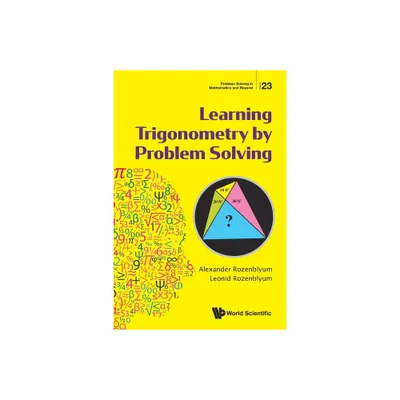Home
Problem Solving Interventional Oncology
Loading Inventory...
Barnes and Noble
Problem Solving Interventional Oncology
Current price: $59.95


Barnes and Noble
Problem Solving Interventional Oncology
Current price: $59.95
Loading Inventory...
Size: Paperback
*Product Information may vary - to confirm product availability, pricing, and additional information please contact Barnes and Noble
Problem Solving in Interventional Oncology provides an evidence-based guidebook that presents an overview of the current thinking and clinical practice in this field. The book is in two parts: overview chapters in traditional format, and 33 case studies described.
By referring to individual case studies written and/or overseen by experienced physicians, the reader can learn about Interventional Oncology (IO) and its use in the diagnosis and treatment of cancer and cancer-related problems using minimally invasive procedures performed under image guidance.
Each clinical case includes a concise discussion of patient presentation and of scenarios underpinning issues experienced by patients followed by a clear appraisal of how the latest clinical research impacts on patient management. This is to help the busy clinician modify daily medical practice in response to individual cases.
The core readership is the physician in oncology (and other medical disciplines), working in primary care, district hospitals or main general hospitals, cancer units and cancer centres. Specialist nurses, trainee specialists and senior students are an important potential readership. Those engaged in research and development, or service design, will also find the book a useful guide to best current practice.
By referring to individual case studies written and/or overseen by experienced physicians, the reader can learn about Interventional Oncology (IO) and its use in the diagnosis and treatment of cancer and cancer-related problems using minimally invasive procedures performed under image guidance.
Each clinical case includes a concise discussion of patient presentation and of scenarios underpinning issues experienced by patients followed by a clear appraisal of how the latest clinical research impacts on patient management. This is to help the busy clinician modify daily medical practice in response to individual cases.
The core readership is the physician in oncology (and other medical disciplines), working in primary care, district hospitals or main general hospitals, cancer units and cancer centres. Specialist nurses, trainee specialists and senior students are an important potential readership. Those engaged in research and development, or service design, will also find the book a useful guide to best current practice.


















